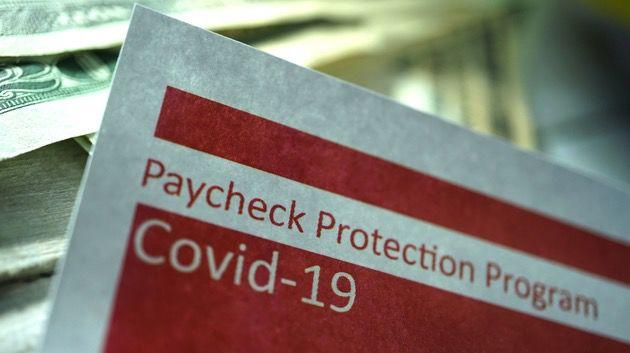
Small Business Now have through Aug. 8 to apply for forgivable loans through the Paycheck Protection Program, part of the coronavirus relief law known as the CARES Act. Lawmakers agreed last week to extend the application deadline from June 30 to give small businesses more time to claim more than $130 billion in loan funds on the table.
With some states reversing course on reopening as coronavirus infections surge, firms that passed on a PPP loan may want to give one a second look.
The program has seen many changes since its April rollout, and the deadline extension follows passage of more relaxed rules with the Paycheck Protection Program Flexibility Act. One major change is that PPP loans don’t have to be spent almost entirely on payroll to qualify for forgiveness.
Here’s more on some of the changes to PPP loans.
Extended Loan Forgiveness
Originally, PPP loans were intended to help small businesses cover eight weeks of payroll, mortgage interest, rent and utility payments. That period has been extended to 24 weeks.
This gives borrowers more flexibility to weather the effects of the pandemic.
More Time to Pay Back the Loan
All borrowers won’t have to pay back unforgivable portions of PPP loans within two years. Some people could get more time for repayment, depending on when they took out their loans.
Flexibility in Loan Use
For your PPP loan to be forgiven, you still must use it mostly for payroll. But the Paycheck Protection Program Flexibility Act allows you to spend 60% of the PPP loan on payroll costs rather than 75% and have your loan forgiven.
Borrowers can even use less than 60% toward payroll costs and still be eligible for partial loan forgiveness.
This fix is a win for many small businesses, as payroll may not represent 75% of their monthly expenses. And 25% doesn’t leave enough to cover mortgage, rent or utility payments.
More Flexible Rehiring Requirements
The new law also does not penalize small businesses with reductions in loan forgiveness if employees do not return to work.
Rehiring has been hard for some small businesses because, in many states, workers are making more by collecting unemployment insurance than by returning to their jobs. Also, some businesses have shut down a second time or have not fully reopened and may not for the foreseeable future.
The original intent of PPP loans was for small businesses to rehire staff by June 30, 2020, but that is not possible for everyone. The new law protects borrowers from reductions in loan forgiveness if they can’t rehire employees or find similarly qualified new ones by Dec. 31, 2020.
Longer Loan Payment Deferral Period
The PPP Flexibility Act extends the deferral period for your PPP loan to the date the Small Business Administration remits the amount of loan forgiveness to the lender. Previously, the deferral period was six months.
Small businesses can now apply for loan forgiveness for up to 10 months after the so-called “covered period.” The covered period is the 24 weeks of funding that begins on the date of loan disbursement.
Borrowers who fail to apply for forgiveness before the 10-month deadline will have to make payments on principal, interest and fees for PPP loans.
If the relaxed program rules make a PPP loan more attractive now, you still have time to apply, thanks to the extended deadline.











